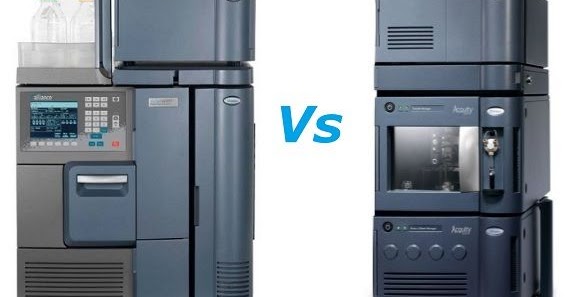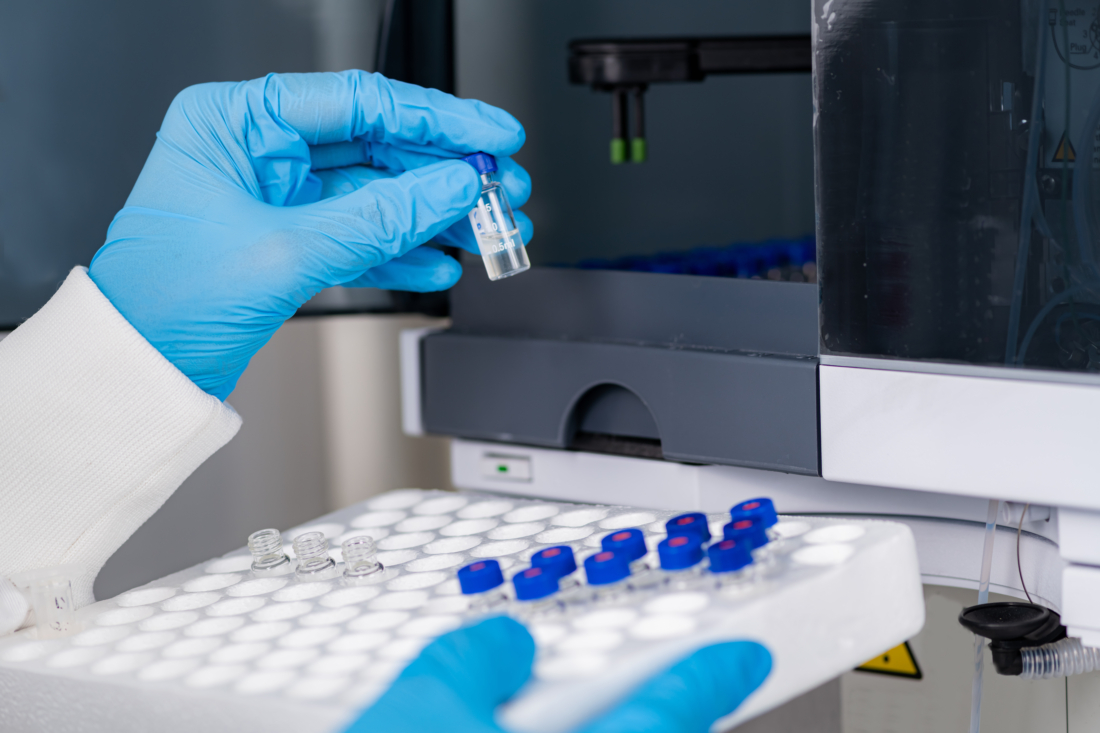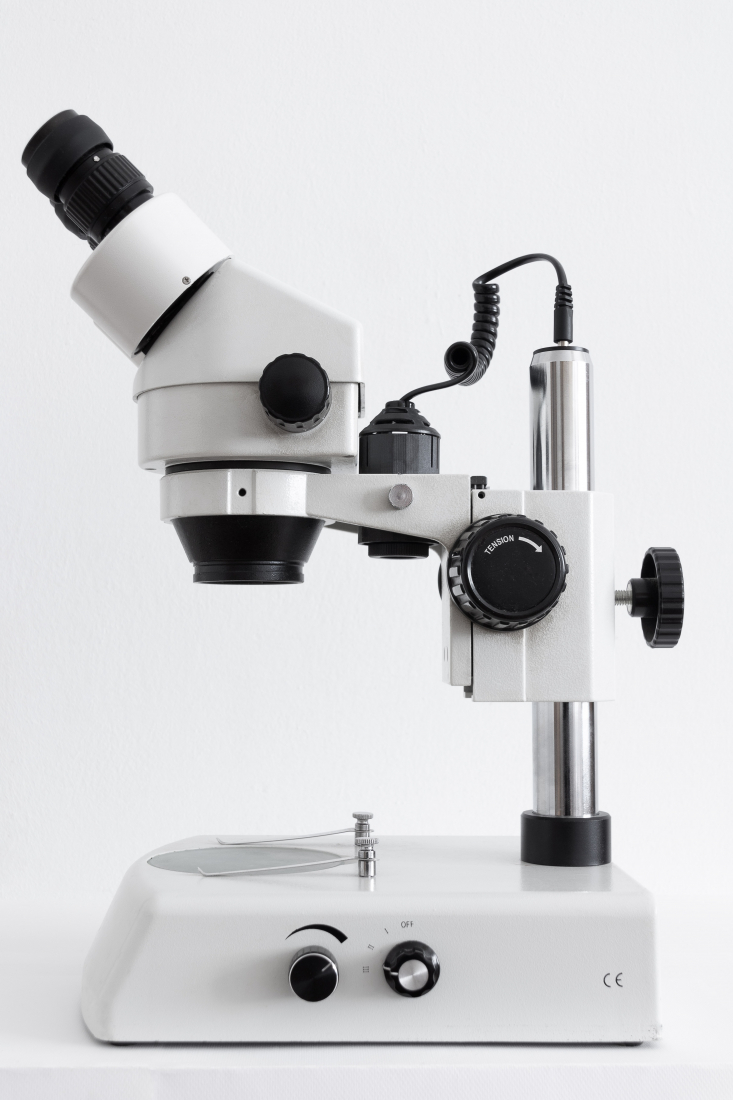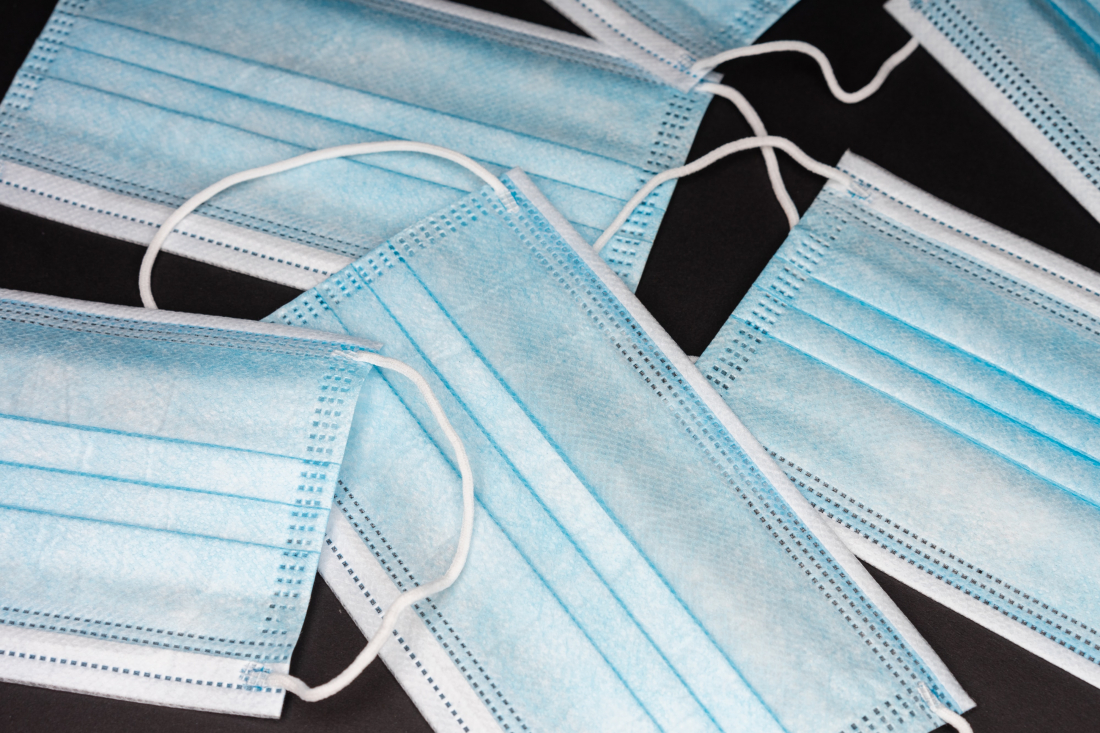UPLC vs HPLC: what is the difference?
UPLC vs HPLC | Quality Control | Pharma
UPLC vs. HPLC: A Comprehensive Comparison for Quality Control in Pharma
In the world of pharmaceutical analysis, High-Performance Liquid Chromatography (HPLC) has been a workhorse for many decades. However, with advancing technology, Ultra-Performance Liquid Chromatography (UPLC) has emerged as a promising alternative. Both techniques play a pivotal role in Quality Control (QC) laboratories, helping pharmaceutical companies ensure the safety and efficacy of their products. In this article, we will explore the key differences between UPLC and HPLC and delve into their applications in QC for pharmaceutical companies.
UPLC vs. HPLC: Understanding the Differences
HPLC and UPLC are both chromatographic techniques used to separate and quantify compounds in complex mixtures. The fundamental principle underlying both methods is the same: the separation of components based on their interaction with a stationary phase and a mobile phase. The main difference lies in the efficiency of the separation and the operating conditions.
HPLC, known as High-Performance Liquid Chromatography, employs larger particles (typically 3-5 μm) in the stationary phase. The larger particle size leads to lower column backpressure, requiring longer analysis times to achieve satisfactory resolution. On the other hand, UPLC, or Ultra-Performance Liquid Chromatography, utilizes smaller particles (usually 1.7 μm or smaller) to facilitate faster and more efficient separations.

The Benefits of UPLC in Pharmaceutical QC
Pharmaceutical companies are increasingly adopting UPLC in their QC laboratories due to several distinct advantages over traditional HPLC:
- Faster Analysis: UPLC’s reduced particle size and increased column efficiency enable quicker separations, translating into shorter analysis times. This speed contributes to enhanced laboratory productivity and faster release of pharmaceutical products to the market.
- Improved Sensitivity: UPLC’s narrower peaks and increased resolution lead to higher sensitivity, allowing for the detection and quantification of low-abundance compounds that might be missed by HPLC. This feature is particularly valuable in trace analysis and the determination of impurities in drug substances.
- Reduced Solvent Consumption: UPLC’s efficiency allows for significant solvent savings compared to HPLC. As environmental concerns and cost-effectiveness become critical considerations, this aspect of UPLC is especially appealing to pharmaceutical companies.
- Enhanced Data Accuracy: The narrow peaks obtained with UPLC provide better-defined chromatographic peaks, leading to improved accuracy and precision of analytical results. This benefit is crucial in meeting strict regulatory requirements and ensuring compliance with quality standards.
HPLC in Pharmaceutical QC: Standing the Test of Time
Despite UPLC’s advantages, HPLC remains a widely used and valuable technique in pharmaceutical QC for several reasons:
- Robustness: HPLC methods are well-established and validated in many pharmaceutical laboratories. These methods have stood the test of time and are trusted for routine analyses of various drug compounds. It is not uncommon for a laboratory to struggle with their UPLC in terms of maintenance as these systems are more sensitive.
- Versatility: HPLC can handle a wide range of pharmaceutical samples and matrices, making it a versatile tool in QC laboratories. Its ability to accommodate different column chemistries and detector options allows for flexibility in method development.
How can we help
For example, during one of our interventions, we had the opportunity to assist a client in this strategy. The client had an HPLC assay method for the release analysis of one of their top products, but the run time was around 40 minutes and some impurities were sometimes co-eluted. To address these issues, a new UPLC method was developed, which reduced the run time to just 15 minutes per injection and provided better resolution between impurities and degradation products. This improvement will lead to the analysis of more batches per week, a decrease in solvent consumption, and a reduction in waste costs. The variation to the Marketing Authorization Application (MAA) dossier was subsequently submitted to the authorities and is now awaiting acceptance so that the client can implement the method.
Conclusion about UPLC vs HPLC
In conclusion, both UPLC and HPLC are indispensable techniques in pharmaceutical QC, each offering unique advantages to meet specific analytical needs. While UPLC boasts faster analysis, increased sensitivity, and reduced solvent consumption, it may come at a high cost of acquisition and maintenance. HPLC remains the go-to method for its robustness and versatility. Ultimately, the choice between UPLC and HPLC depends on the specific requirements of the pharmaceutical analysis, the level of sensitivity needed, and the available resources in the QC laboratory.



